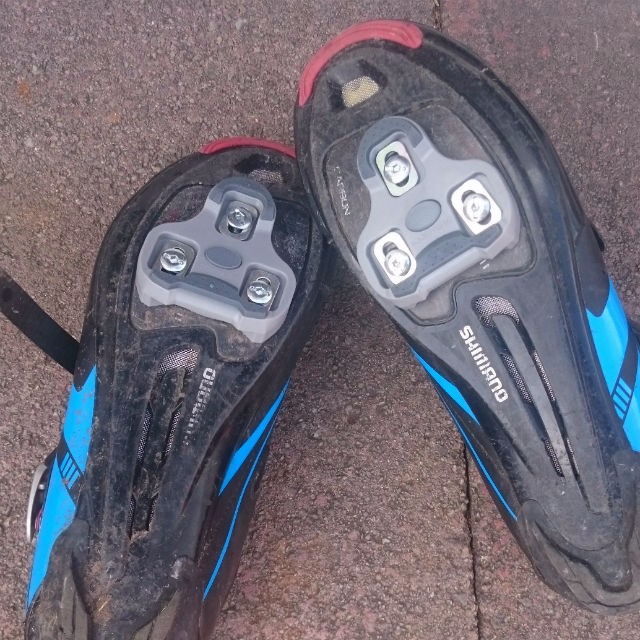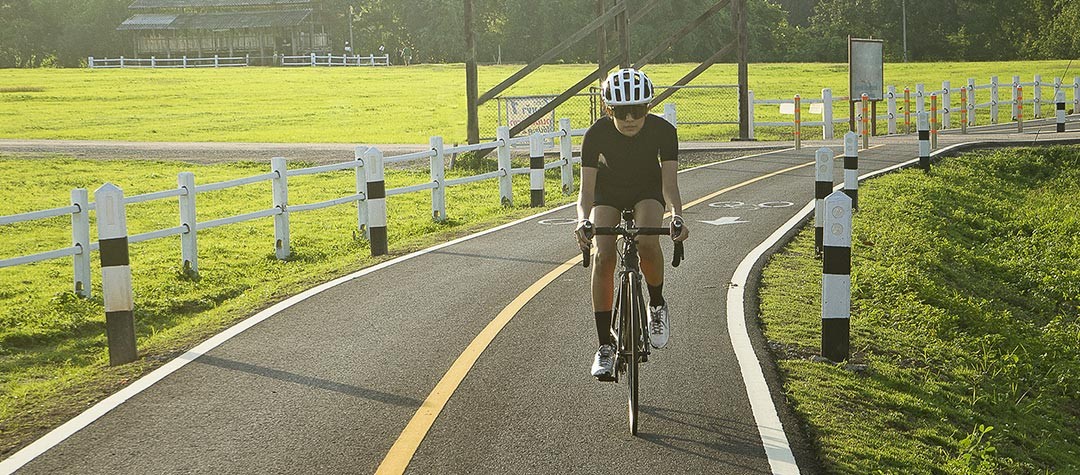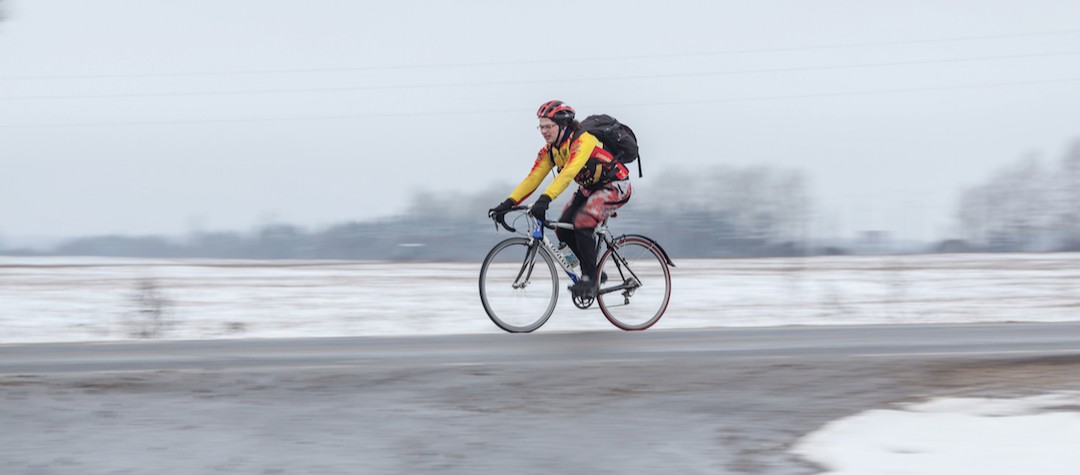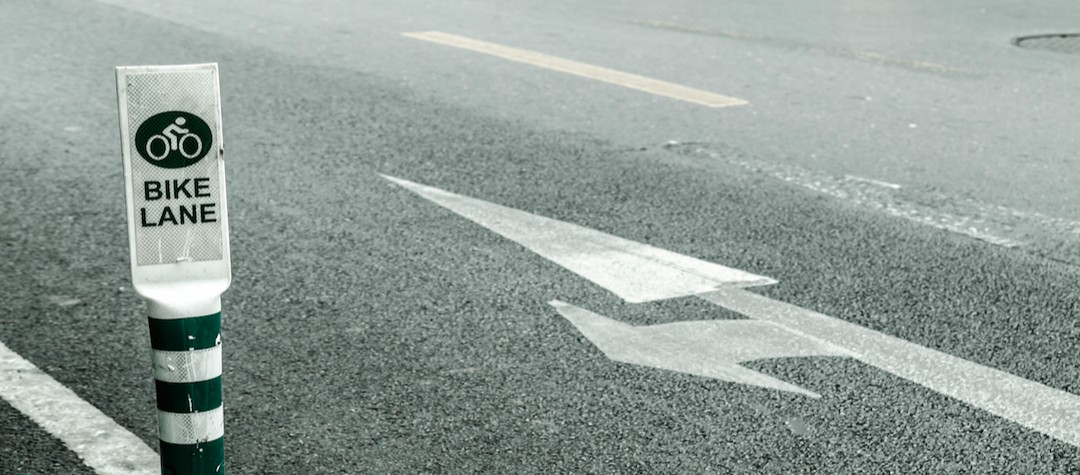The pedal is the most important contact point between you and your bike so it is important that you get your choice of pedal right.
Pedals are a personal choice, so much so that many road bikes actually come without any supplied. While standard bikes will use the basic flat platform pedal (the type of which you can use with a standard training shoe), the rider seeking better performance should aim to use clipless pedals. So which clipless pedals are best for you? Our FAQ of some of the most commonly asked questions should provide you with the answers.
Clipless? Don’t you clip your feet in?
The term ‘clipless’ is a bit misleading here because clipless pedals do involve the act of ‘clipping in’ and ‘clipping out’. Clipless pedal systems feature a cleat that fastens to the sole the shoe and enables the rider the clip into the pedal with downward pressure and then clip out with a turn of the ankle.
Prior to clipless pedals, some riders used a toe-strap or toe-clip pedals, where they would tighten a strap over the top of their shoe to attach it to the pedal. This type of option wasn’t the most convenient as the rider would have had to reach down and loosen the strap before removing their foot. The lack of toe-clip or strap with the newer type of pedal led to the name ‘clipless’ which is the accepted terminology used these days.
Why bother with clipless pedals?
Clipless pedals involve a much more efficient transfer of power than using platform pedals so the sooner you switch the more efficient a rider you’ll be.
Clipless pedals involve a much more efficient transfer of power than using platform pedals, so the sooner you switch the more efficient a rider you’ll be. A sturdy firm sole will transfer power far better than a bendy training shoe and thus will make you a better rider.
Road specific shoes will generally have a more sturdier sole (the more expensive ones will be carbon fibre) than mountain bike shoes and thus are better for the high mileage road rider looking for a performance boost.
What are the different types of clipless pedal?
Although most clipless systems use similar technology - all having to be used with a compatible cleat - there are a number of variants. The Shimano Pedaling Dynamics (SPD) pedal (usually favoured by mountain bikers) requires a cleat bolted into the bottom of the shoe with two bolts, while most of the other pedal systems use a three-bolt system.
Look, Shimano, Time, Mavic and other pedals use the three-bolt pattern, and as such the compatible shoes have three holes. Speedplay uses a four-bolt pattern to attach the cleat to the sole of the shoe.
So should I go straight to using clipless pedals?
If you are a complete novice then many people start by using the standard platform pedal, the type of which you would find on a regular bike, and which you can use with a regular training shoe on. First get use to handling your bike before worrying about the tricky business of having to clip in and out of a pedal.
Many riders then make the progression to SPD pedals, typically used by mountain bikers (and commuters and tourers) which have a recessed cleat in the shoe, making it easier to walk without slipping or damaging the cleat. SPD pedals are often double-sided making clipping in easy. Other pedals have the option of clipping in on one side or a flat platform the reverse side so you can have the option of wearing a regular training shoe.
Are the cleats interchangeable between pedal systems?
Cleats are not really intended to be used between pedals systems. For example, if you use an SPD-SL (3-bolt) pedal then you have to use an SPD-SL cleat. You could not use the Look brand 3-bolt cleat, even though they look very similar. An SPD (2-bolt) cleat is completely different to an SPD-SL (3-bolt) cleat and could in no way be used interchangeably.
It is worth remembering that some of the shoes that use the 3-bolt system accept different types of cleat (e.g a shoe could accept both SPD-SL and Look cleats), and there are even some shoes that have ability to accept both 3-bolt and 2-bolt cleats. Whatever pedal and shoes you choose, you should really follow the manufacturer's recommendation for compatible cleats.
How often do I have to replace my cleats?

Cleats wear out over time and do need replacing. The frequency depends on a number of factors including your mileage, the amount of times you have to clip in and out, and how much walking you do on them on them!
You should minimise the amount of walking you do in your cleats, as they will quickly wear out. Some cleats have an additional rubberised layer to increase their longevity and improve safety when walking in them. Walking in cleats is a skill in itself and should be approached with caution!
I’ve read about some cleats having a degree of ‘float’. What does this mean?
When clicked in to the pedal, some cleats allow a degree of movement to the left or right before they click out. This ability to have some minor movement is thought to help prevent injury to the knees of riders.
The degree of float usually varies from 0-9 degrees. The manufacturer Look, for example, offer a 0 degree, 4.5 degree and 9 degree float option. A fixed cleat, having zero-float, means that the foot cannot really pivot left or right, even to a small degree. The degree of float is often a personal choice, but as a guide the beginner would not usually want to use a cleat with zero float. Just experiment with different cleats til you find what is right for you
I’m worried that I won’t be able to get my foot out in time. Is there anything I can do?
First of all, don’t worry. It’s not as difficult as it looks and in time you’ll clip in and out without really thinking about it. Get overs your fears with practice. Mount your bike while leaning up against a wall and practice clipping in and out. You may find you have a preference for clipping out your left or right foot - it doesn’t matter which you choose. Remember when you stop, you don’t have to clip out both feet - just one foot so you can put it down on the floor.
Most pedals provide you with the ability to adjust release tension of the pedals. Start off with a low tension for easier engagement and release. It’s also worth remembering that some manufacturer offer pedals which have no tension setting and are branded as ‘easy-release’ or equivalent pedals and these are often a good start point for those just starting with clipless pedals.
There are some many types of pedal ranging in price. Which one should i choose?
Riders are always aiming for lighter materials to make them faster and pedals are no different. The more you pay, generally the lighter the pedal. Carbon pedals can be pricey so long-lasting alloy/composite models are often a good alternative.
Before spending out on expensive carbon pedals, at least find which pedal system works best for you. If you can borrow spare pedals off a fellow rider who has recently upgraded then this could be a good way of doing a try before you buy.















